Tiangong Temple Hsinchu (天公壇)
Exploring Tiangong Temple
The heart of Hsinchu is clustered with many iconic temples. Other than the Chenghuang Temple, Tiangong Temple looms over the downtown with its imposing presence. While traveling through Taiwan, you may get a bit of temple fatigue. Nearly every city and village in Taiwan boasts about their historic and sacred temples. With so many of these Daoist shrines looking about the same, what makes Tiangong Temple any different?
The sheer size of this enormous temple is reason enough alone to check out the tall spires and spacious halls. From kilometers away, you can even see the arching roofs and the name of the temple spelled out across the skyline. You may find yourself so busy taking pictures from all the different angles outside the temple that you forget to check out what is inside!
Feeling a bit hungry? Why not eat at a nearly century-old Japanese home? You can read more here!
Leaving No Stone Unturned
Located on the banks of the Keya River (客雅溪), Tiangong Temple can be found on the edge of downtown Hsinchu. The temple is right off Zhongshan Road (中山路). This very same street will take you past the famous City God Temple before ending at the Japanese-era Hsinchu Town Hall. Tourists can have many of the most popular sights in the city all showcased along one street.
Tiangong Temple has been moved several times throughout its history. The temple was originally built by the Yingxi Gate (迎曦門) in 1870, the very same place that today is known as the East Gate. In 1895, the temple was destroyed in the Battle of Yiwei (乙未戰爭) while fighting against the Japanese. Money was raised to rebuild Tiangong Temple, but funds were often siphoned by the Japanese occupiers. The temple was finally completed at its current site after World War II.
If you want even more history, you won’t want to miss the historic Xiazhuting in Hsinchu!
Home of the Jade Emperor
Tiangong Temple is made up of several floors with many chambers housing different gods and goddesses. The traditional art and intricate sculptures are all so breathtaking to the point that you can get lost exploring everything that decorates the walls and ceilings. But why was such a massive temple erected in the first place?
Tiangong Temple was built for the Jade Emperor. Also known as the Heavenly Grandfather (hence the name Tiangong (天公)), this deity is regarded as the first of the gods of Daoism. Being the head of the Daoist pantheon of gods, there is no doubting the Jade Emperor’s importance. Tiangong Temple is actually one out of four temples (三間半) dedicated to the Heavenly Grandfather. The others are located in Tainan, Taichung, and Changhua. This temple is held to such high importance that during a drought in 2002, the mayor along with high-ranking officials went to the Tiangongtan to pray for rain.
Fascinated with unique temples? Be sure to plan a trip to Putian Temple in Hsinchu!
Tiangongtan Park
Once you have had enough of the burning incense of the temple, you can get some fresh air right next to Tiangongtan. Tiangongtan Park. Complete with a small traditional pavilion and a massive nine dragon pillar (九龙柱). The pillar is said to be the tallest of its kind in Southeast Asia and is used to bless the town and citizens of Hsinchu. The park really comes alive at night when the lights strung from tree to tree illuminate the tranquil park.
Within the park is also a massive sports field where you can find locals exercising and playing games at any hour of the day. Tiangongtan Park also makes for the perfect dog park, so don’t be surprised to see many pets prancing in front of the temple.
Hsinchu really comes alive with its weekend flower market! Read more here!
Keya River Trail
While strolling around the park in the shadow of Tiangong Temple, you’ll eventually come across a suspension bridge that will take you to the other side of the river. On the other bank, you’ll discover a riverside trail stretching in both directions.
The trail is extremely short, only taking tourists up to Heping Bridge (和平橋) in one direction and Yinshun Bridge (印順橋) in the other. Other than not being an extensive trail, it does make for a pleasant detour after visiting Tiangong Temple. Yinshun Bridge is particularly unique with its vibrant color scheme, making the nickname Rainbow Bridge extremely fitting.
If you love bike trails, be sure to check out the Tofu Rock in Hsinchu!
Temple of the Heavenly Grandfather
With a lot of competition in Hsinchu, how does Tiangong Temple compare with its neighbors? Many of the surrounding temples may hold a lot more religious importance, but Tiangongtan proves that size does matter. For your average photographer, the towering facade of Tiangongtan will have you spending hours discovering all the different angles that can be taken of this Daoist behemoth.
Being located in the heart of downtown Hsinchu, visiting Tiangong Temple goes hand in hand with checking out many of the other famous sights around the city. Many tourists make a circuit, traveling from Hsinchu Park to the City God Temple, and finally to Tiangongtan before heading back to their starting point.
Tiangong Temple is everything that you could find at other temples but super-sized. Along with the surrounding park and massive nine dragon statue. Tiangongtan is one of the more unique spots found in Hsinchu.
Looking for the best things to do in Hsinchu? You can find an ultimate list here!

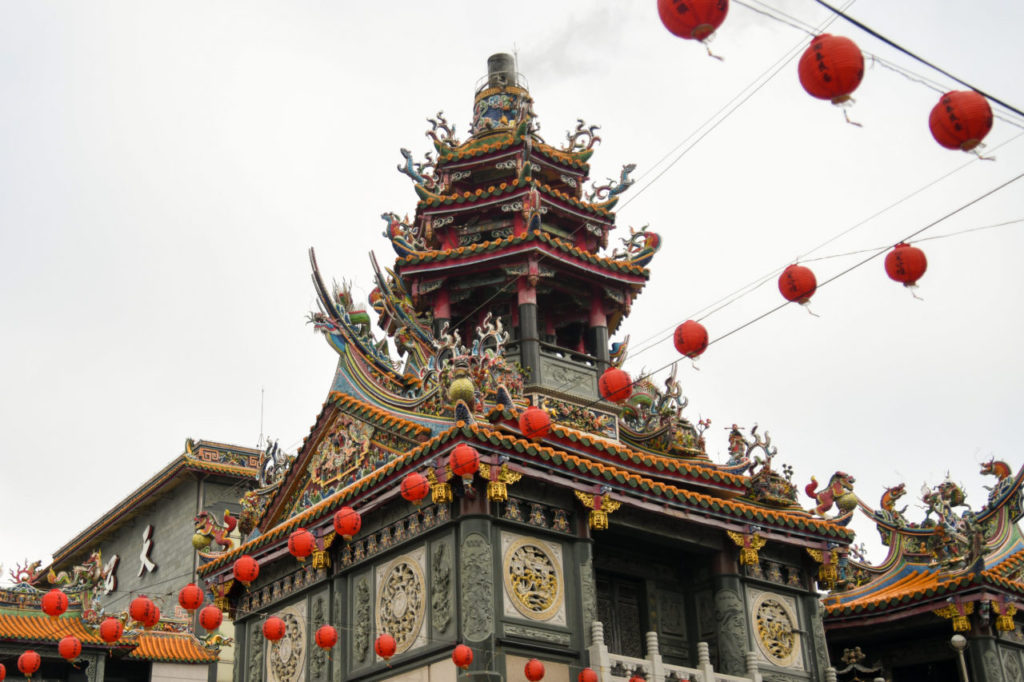
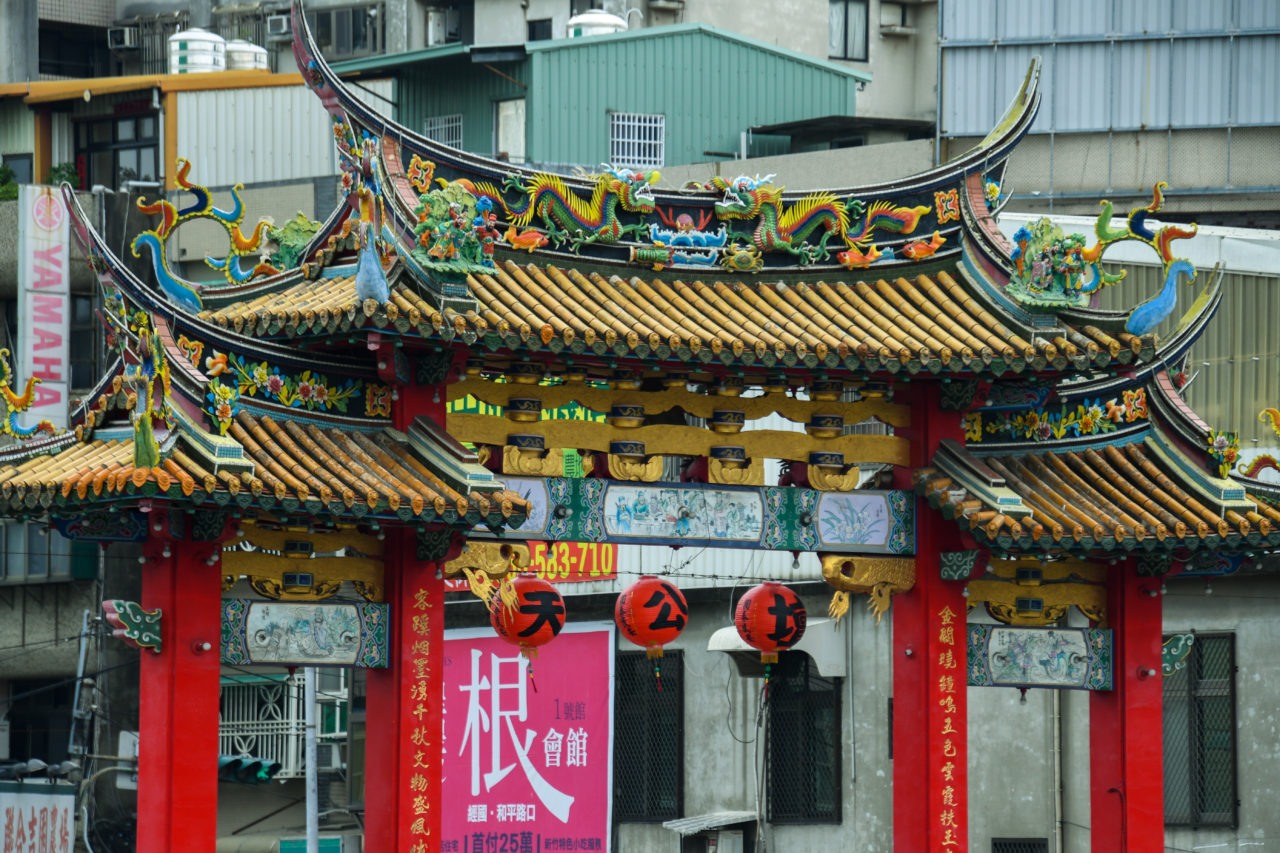

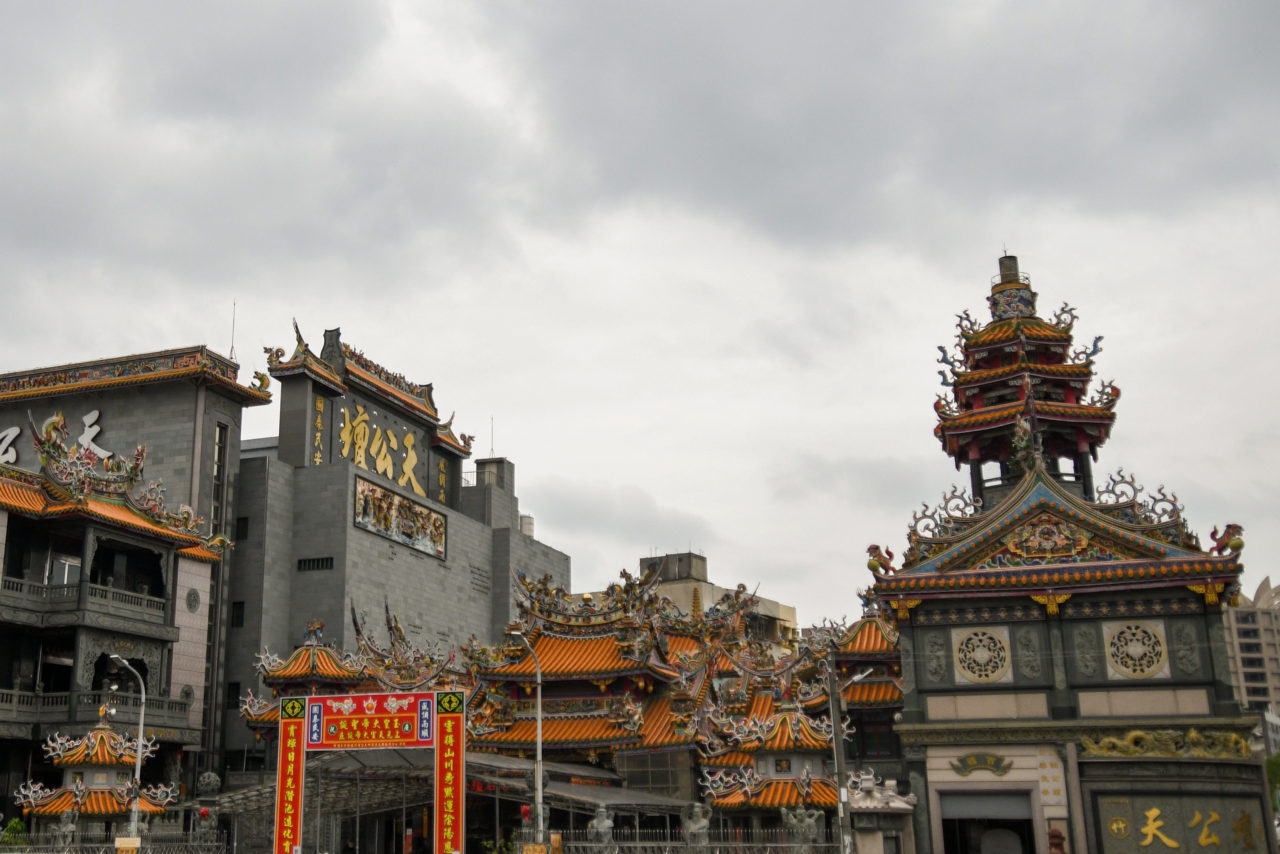
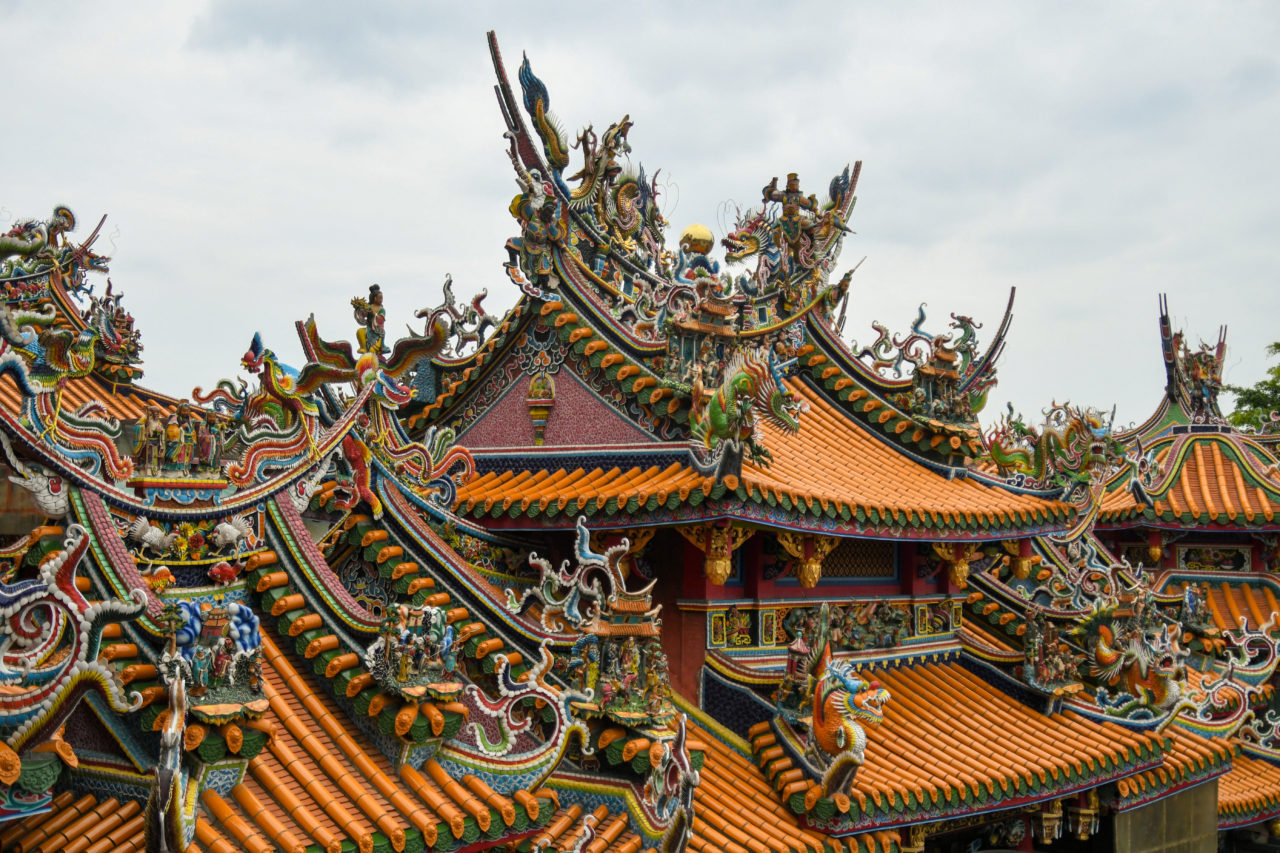
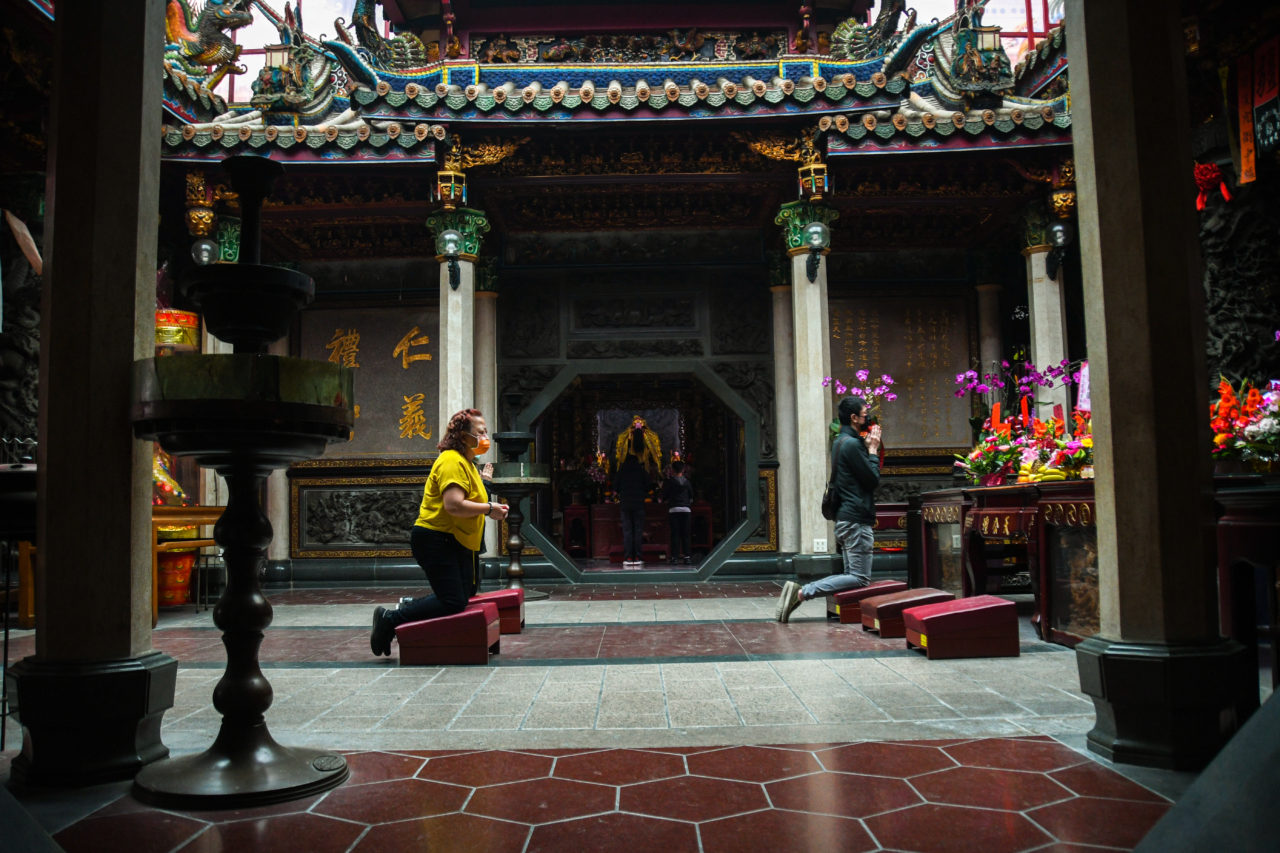
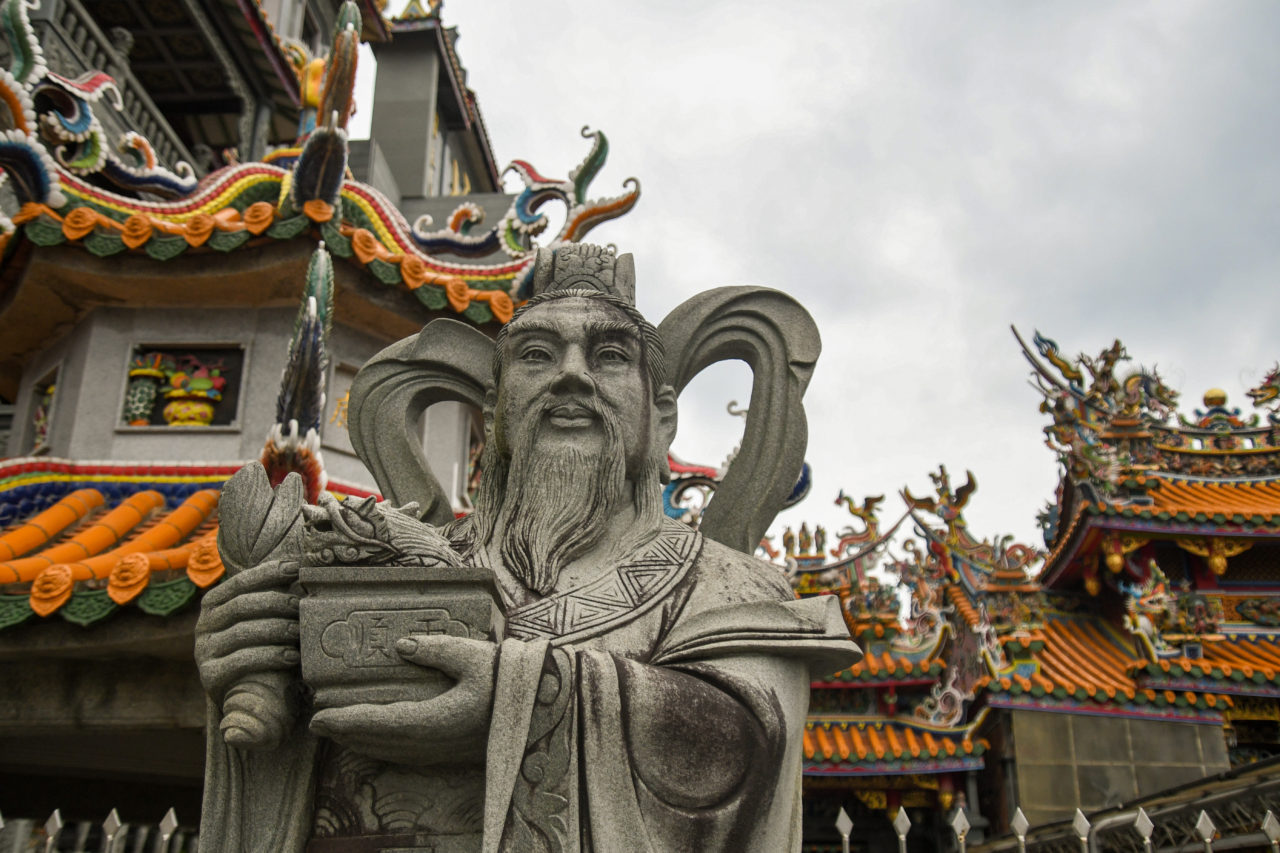
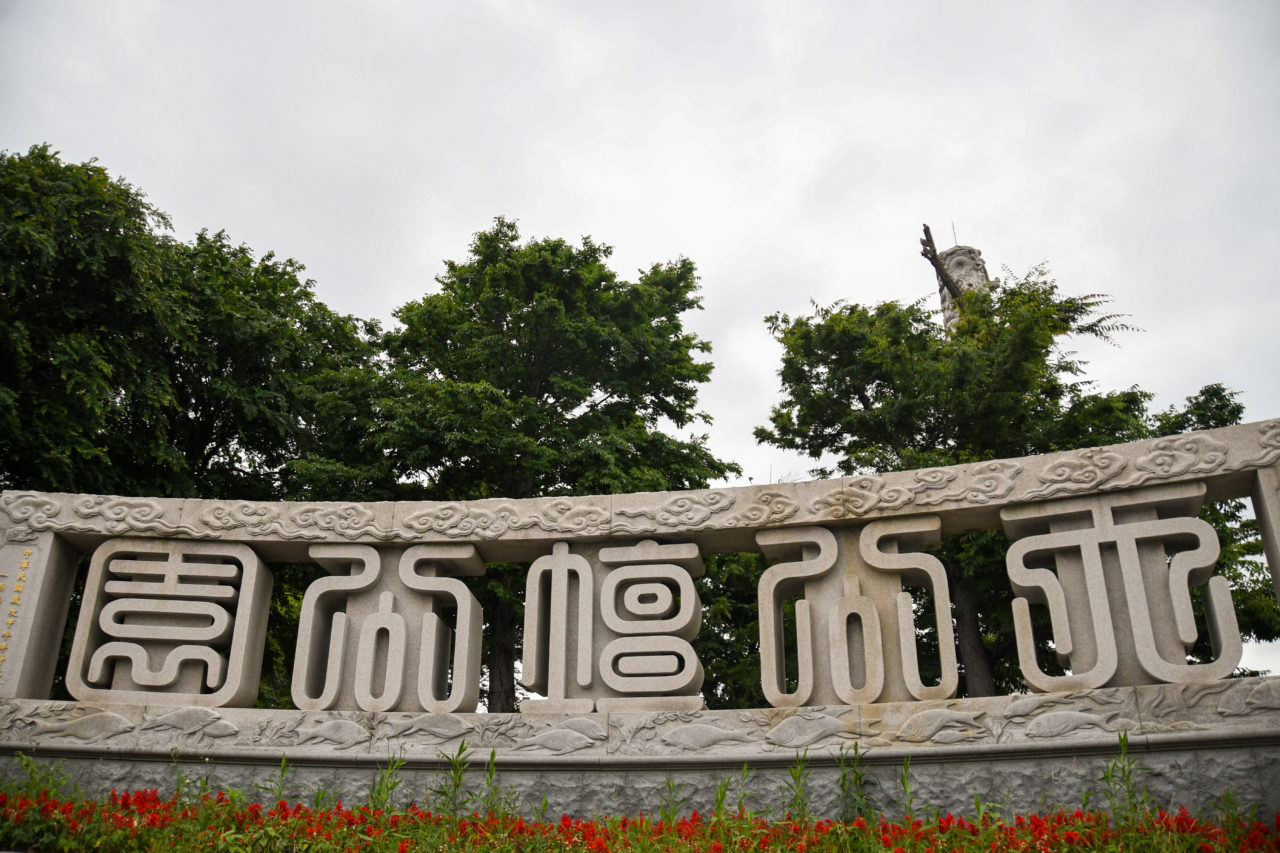
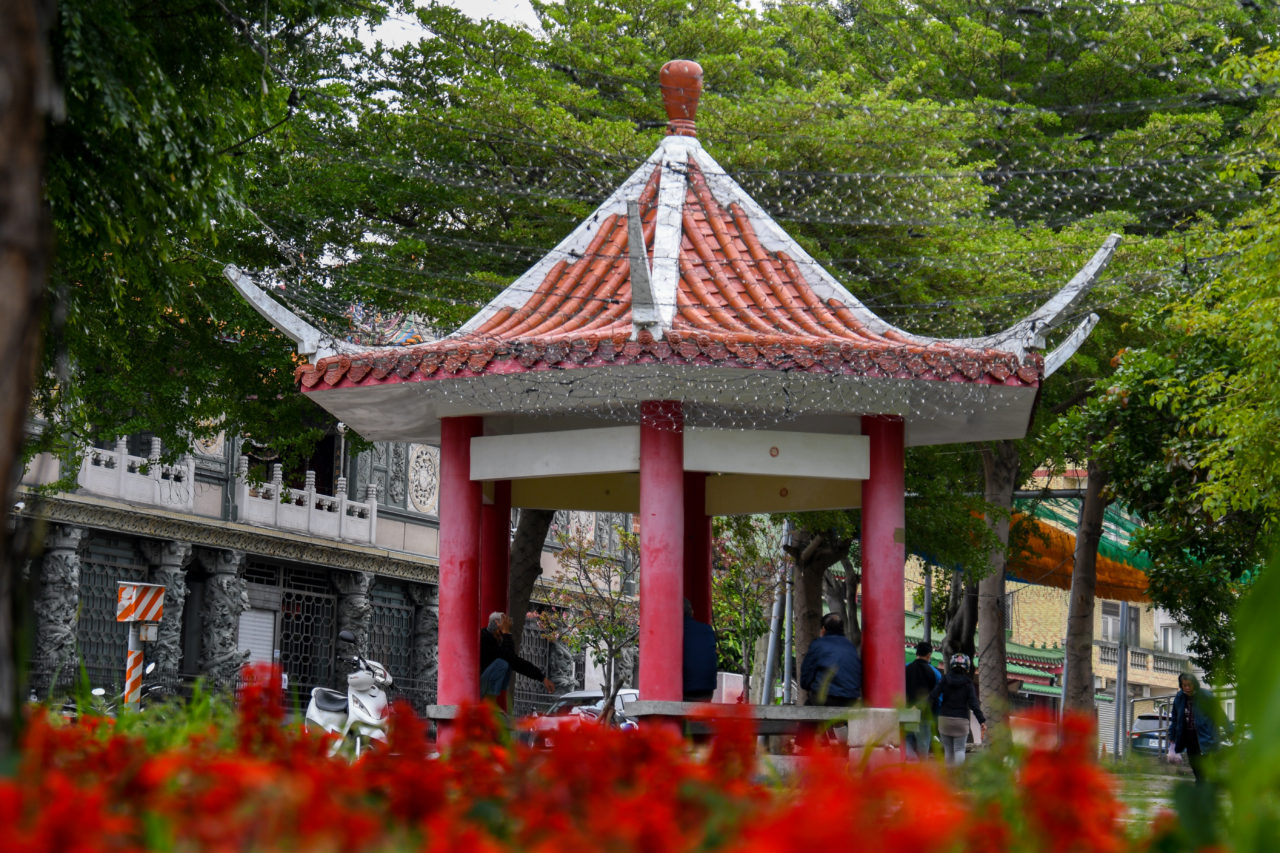

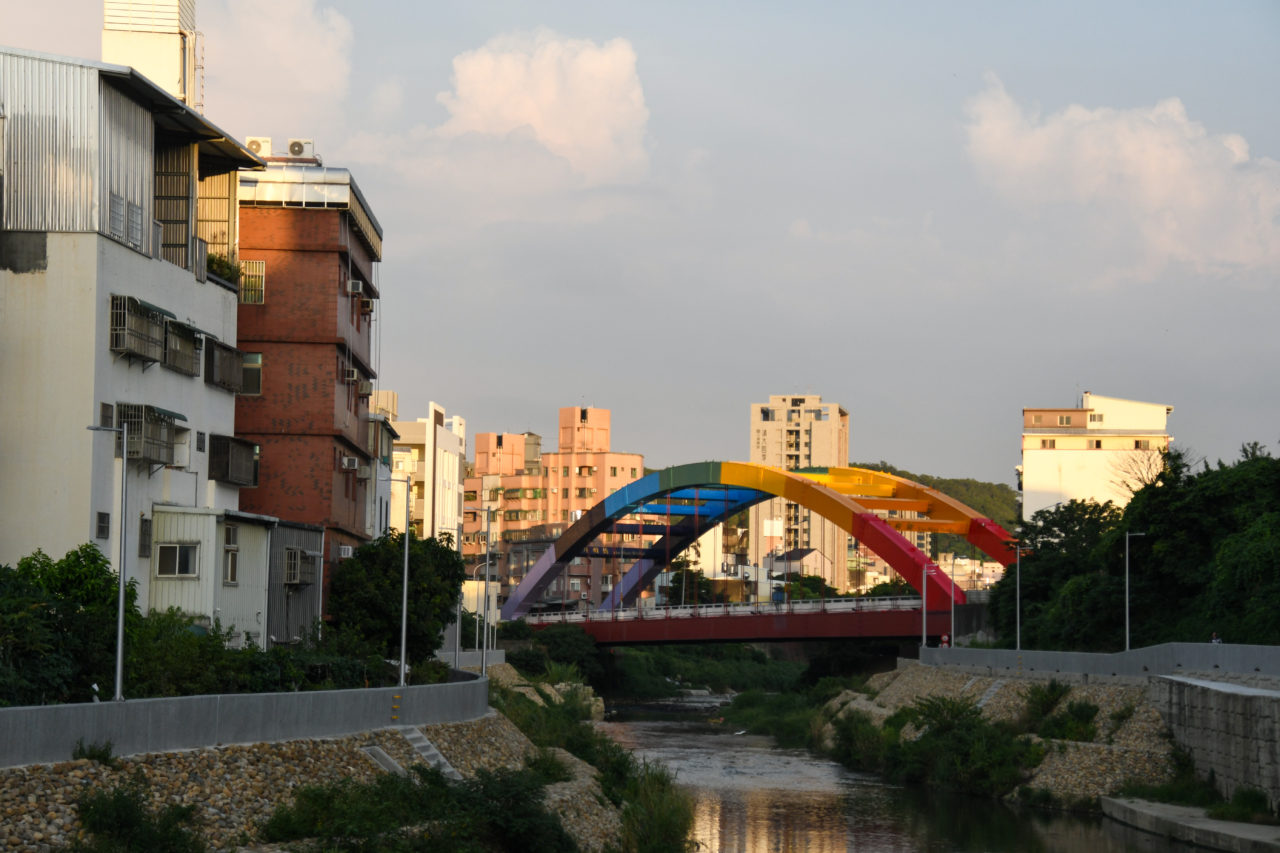

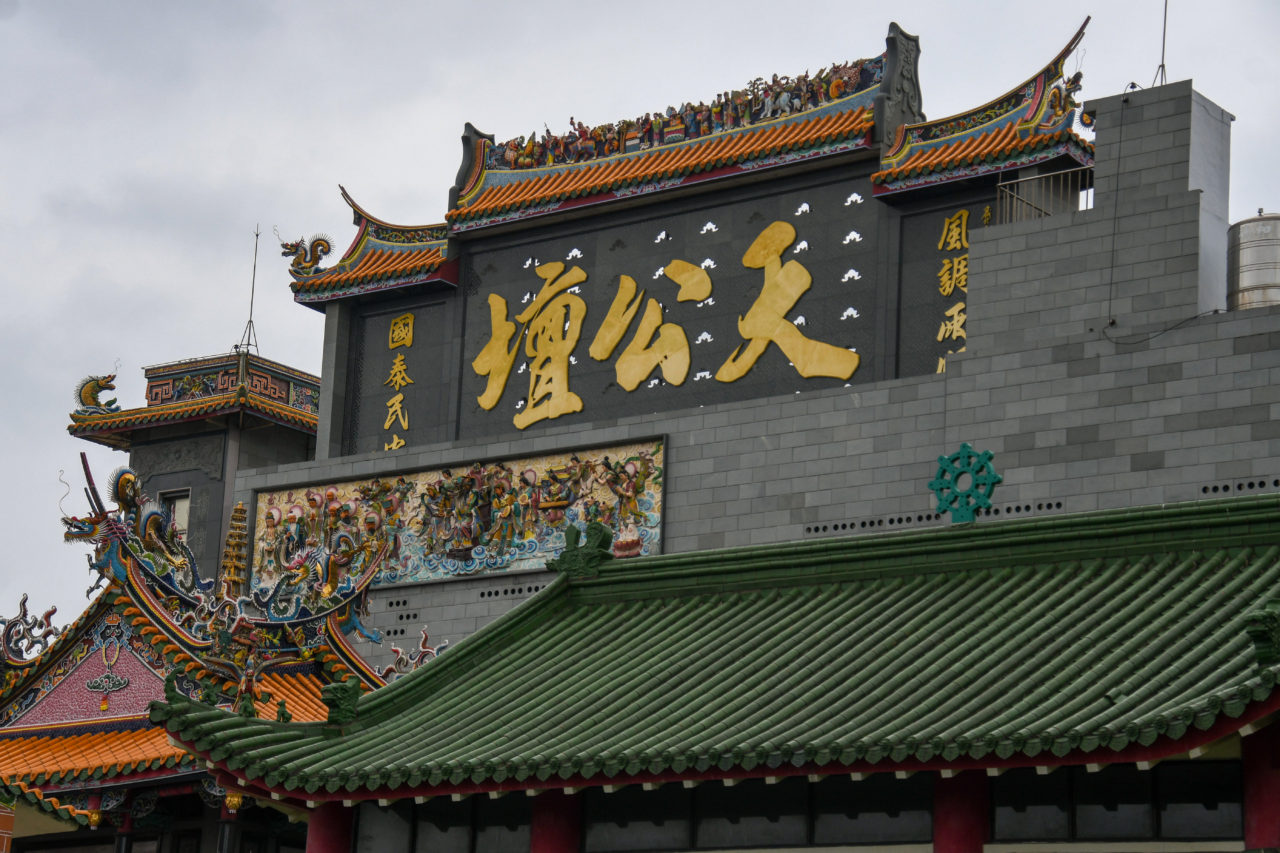
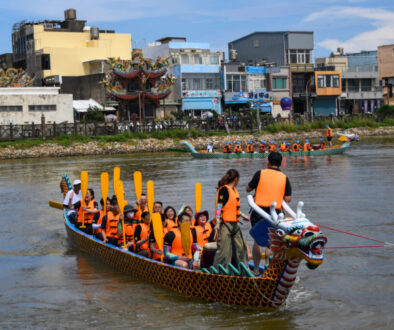
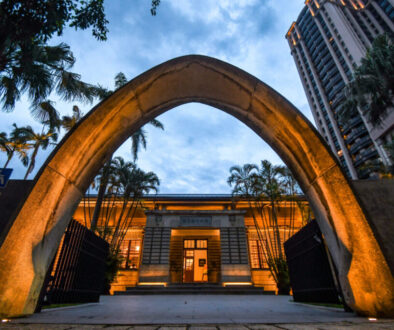
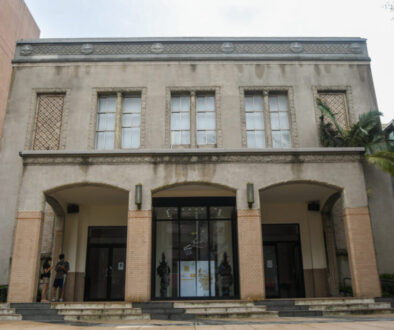


Dragon Boat Festival - Hsinchu County (新竹縣龍舟競賽)
June 5, 2022 @ 5:16 am
[…] If you’re in downtown Hsinchu, be sure to check out the massive Tiangong Temple! […]